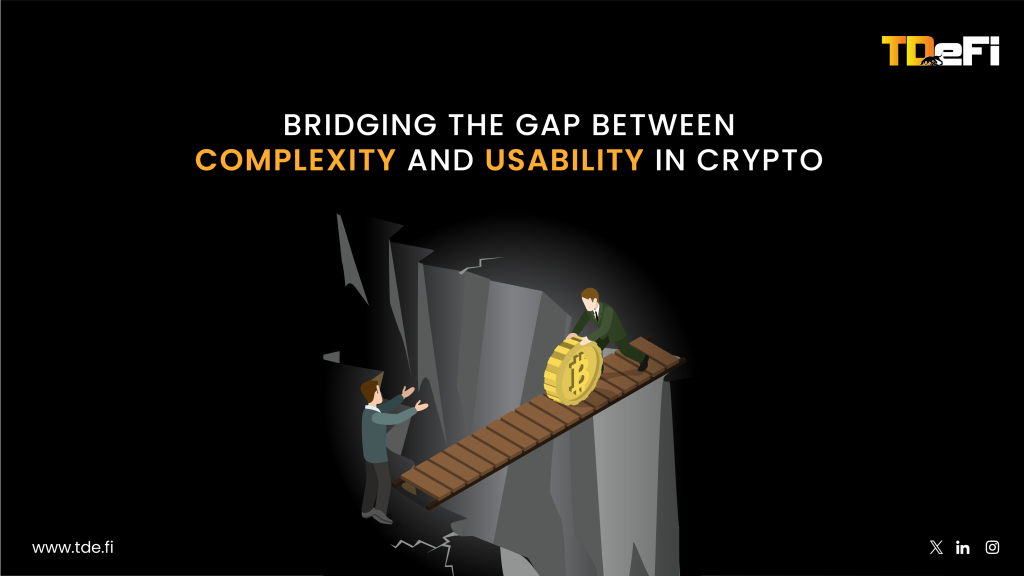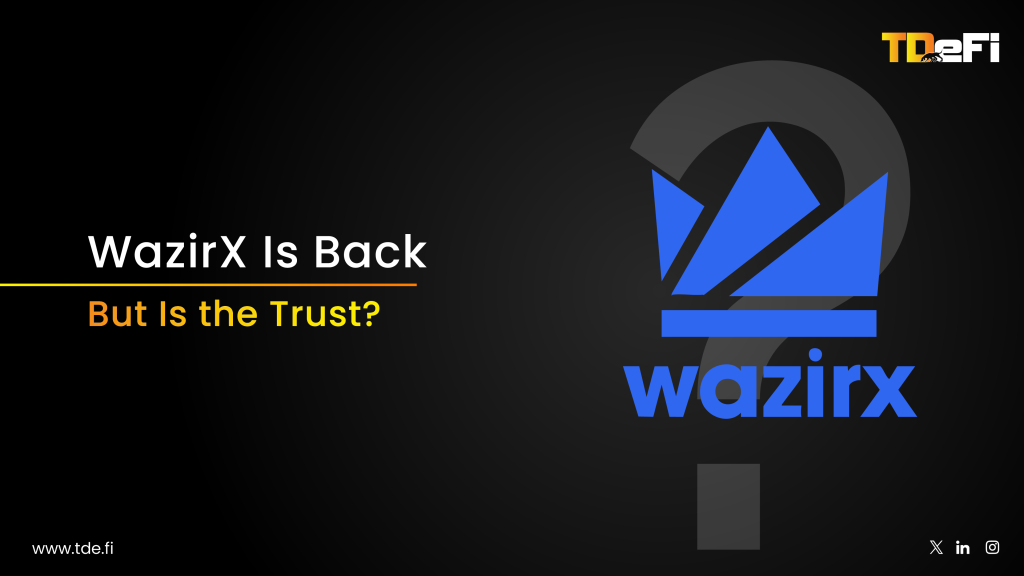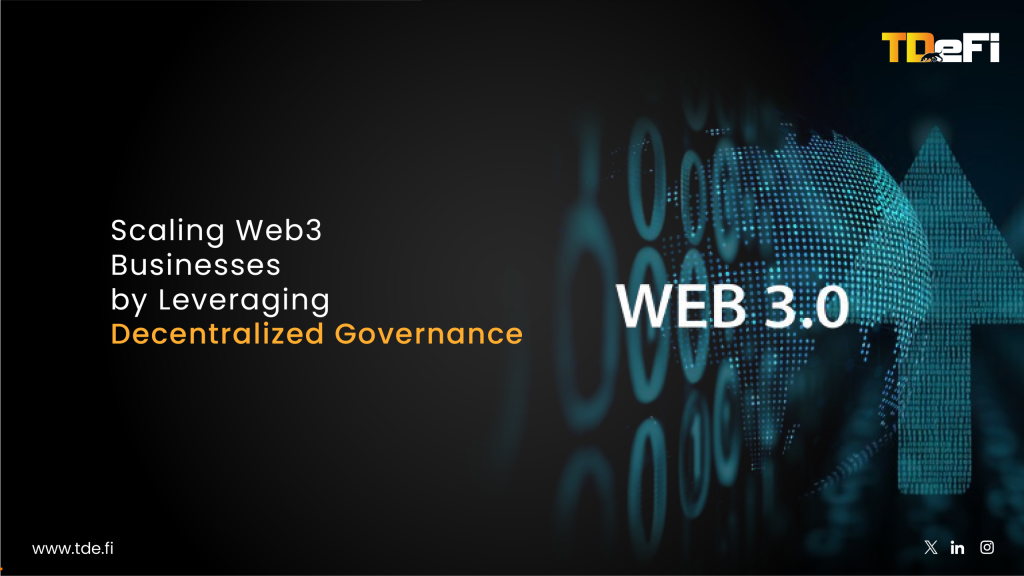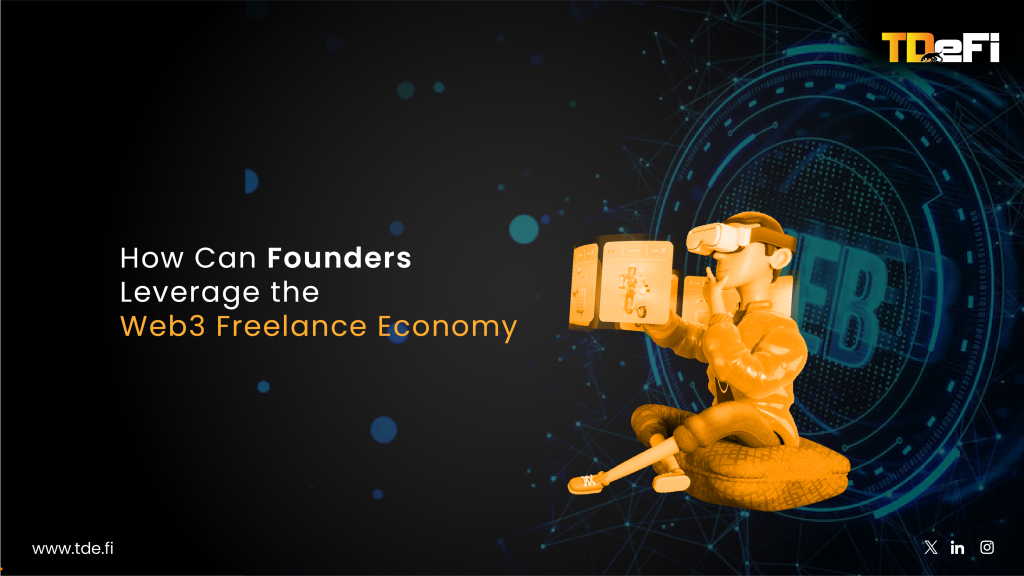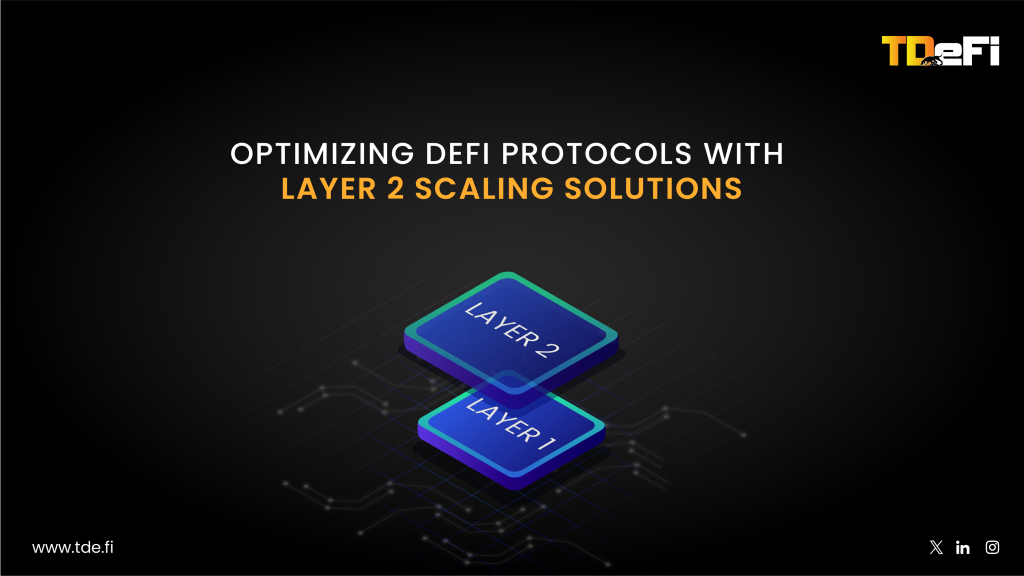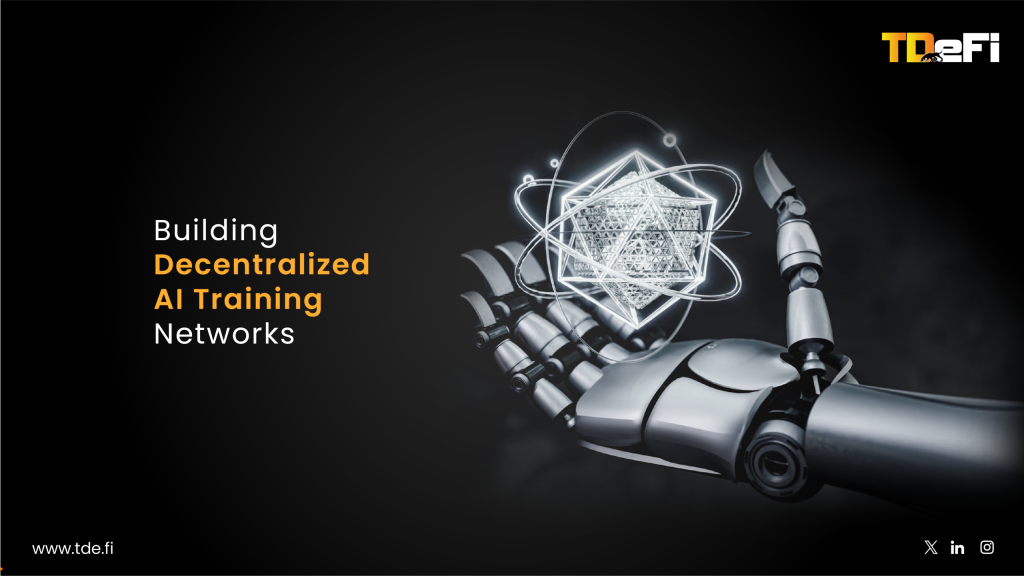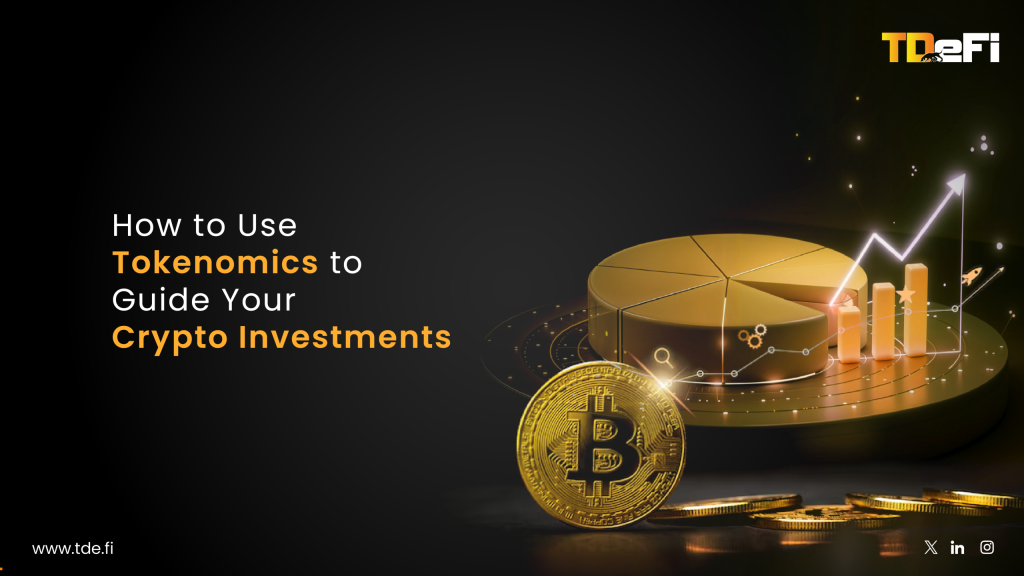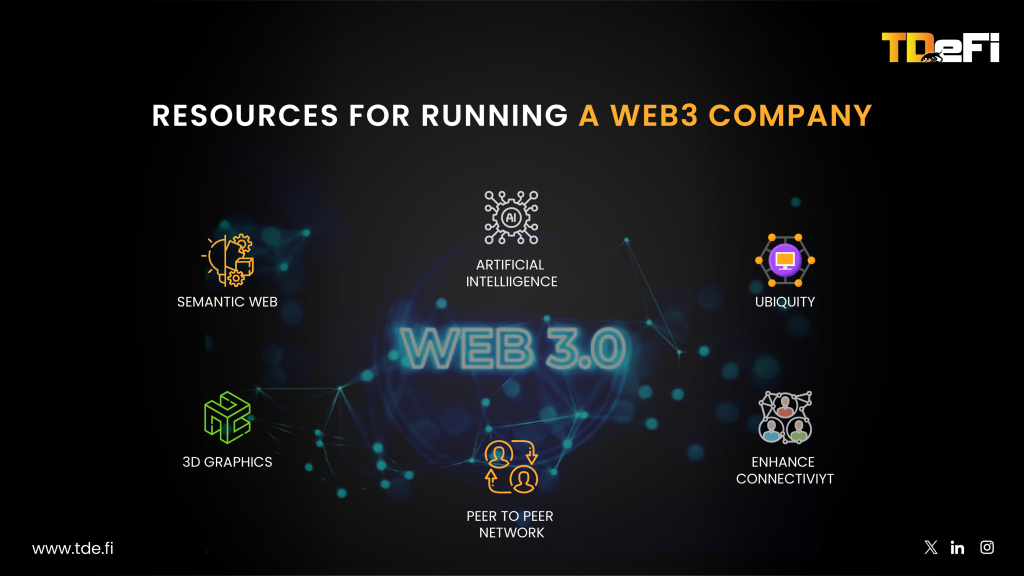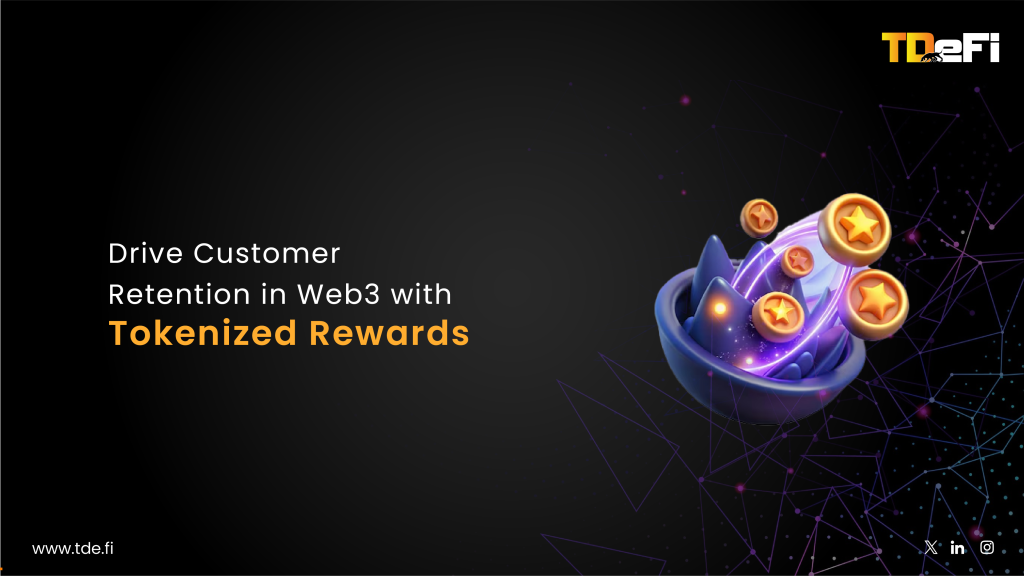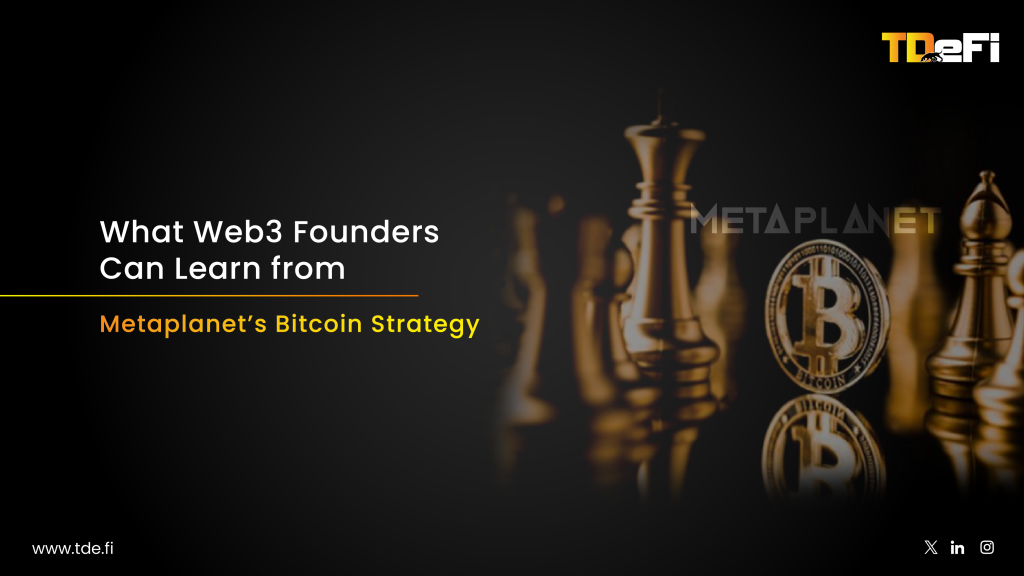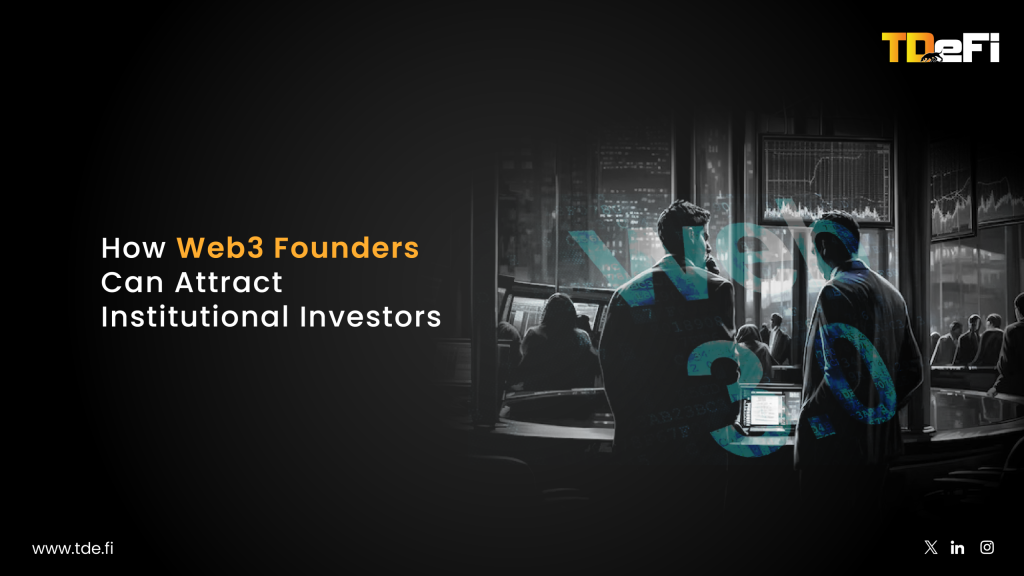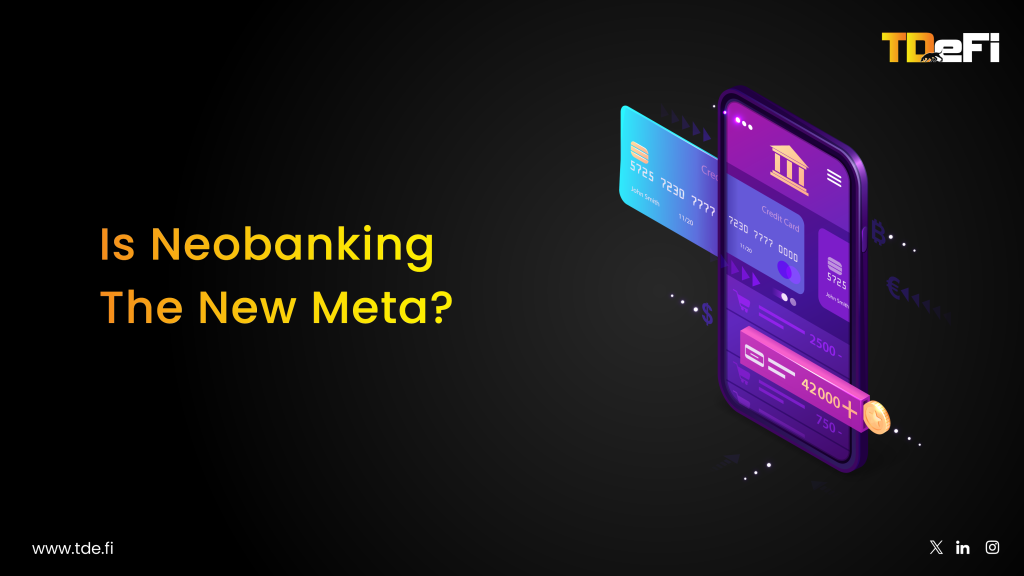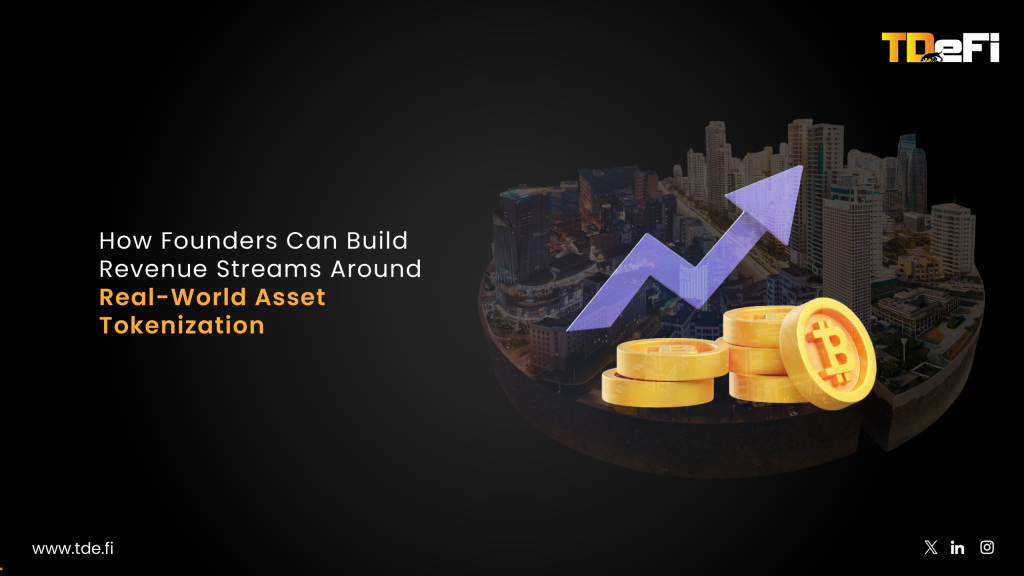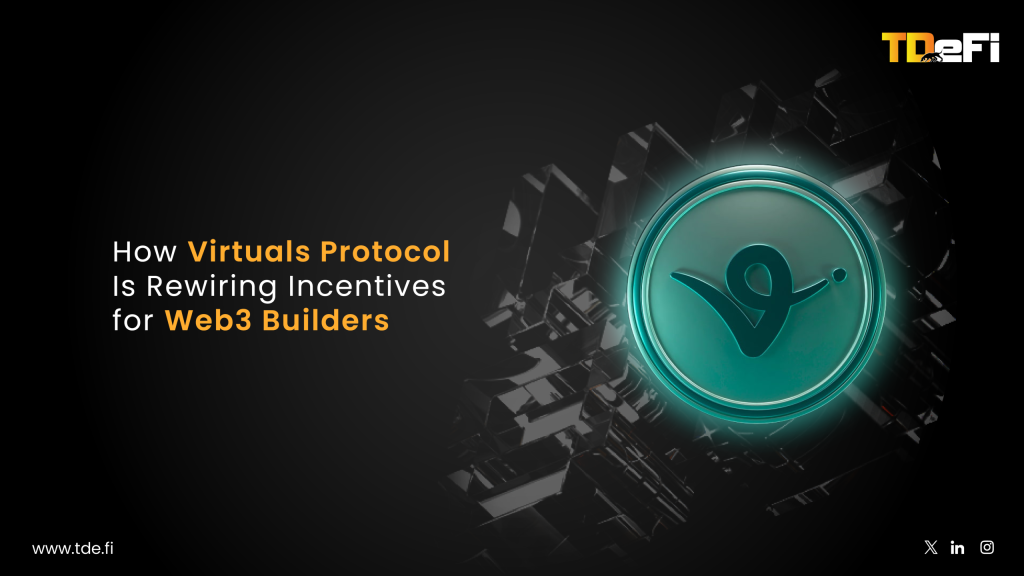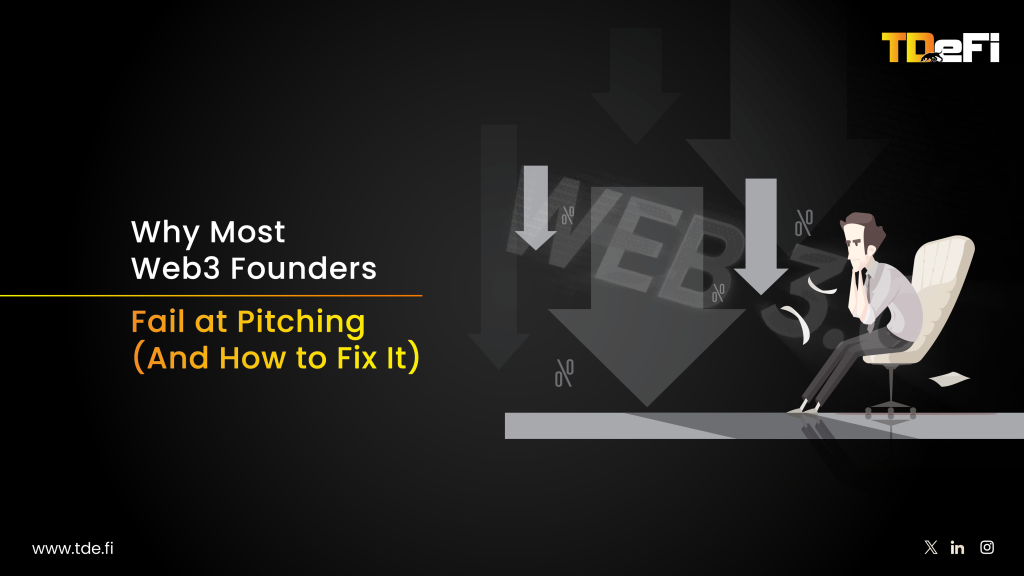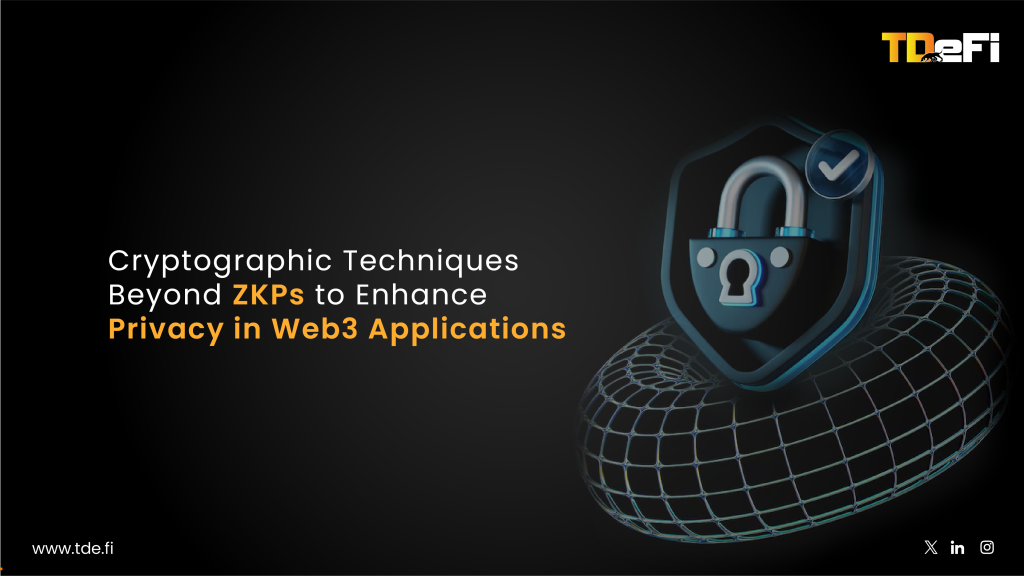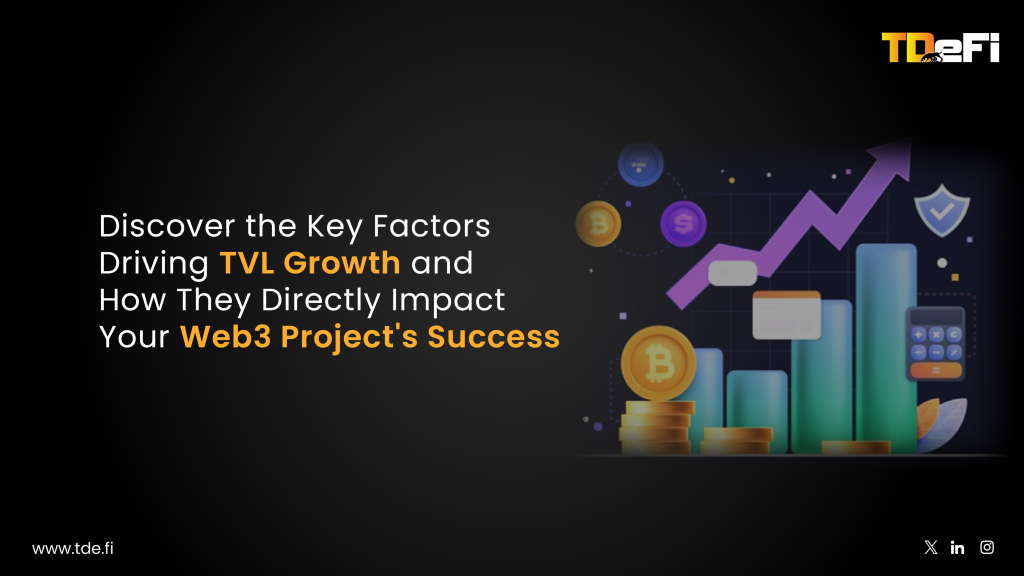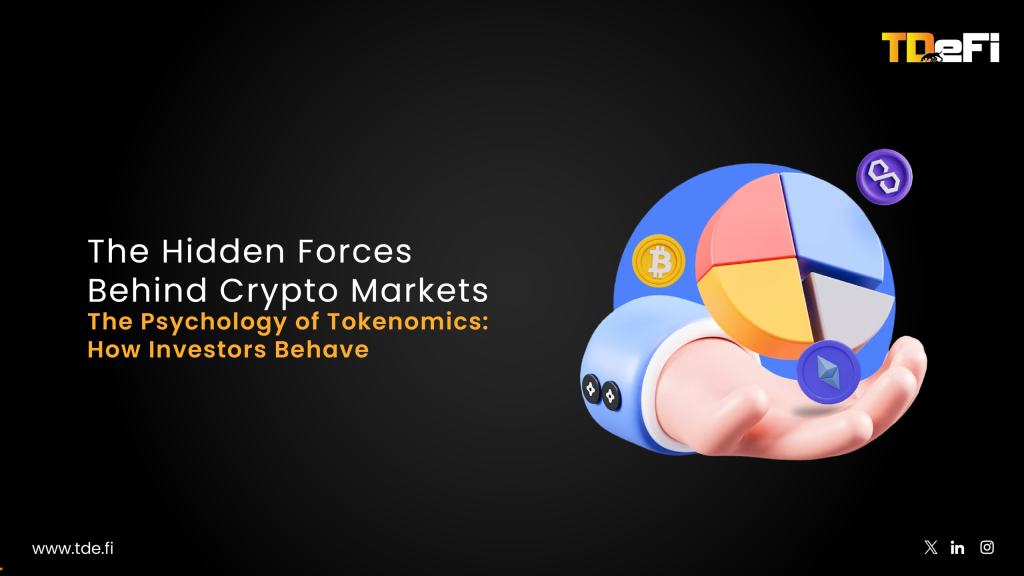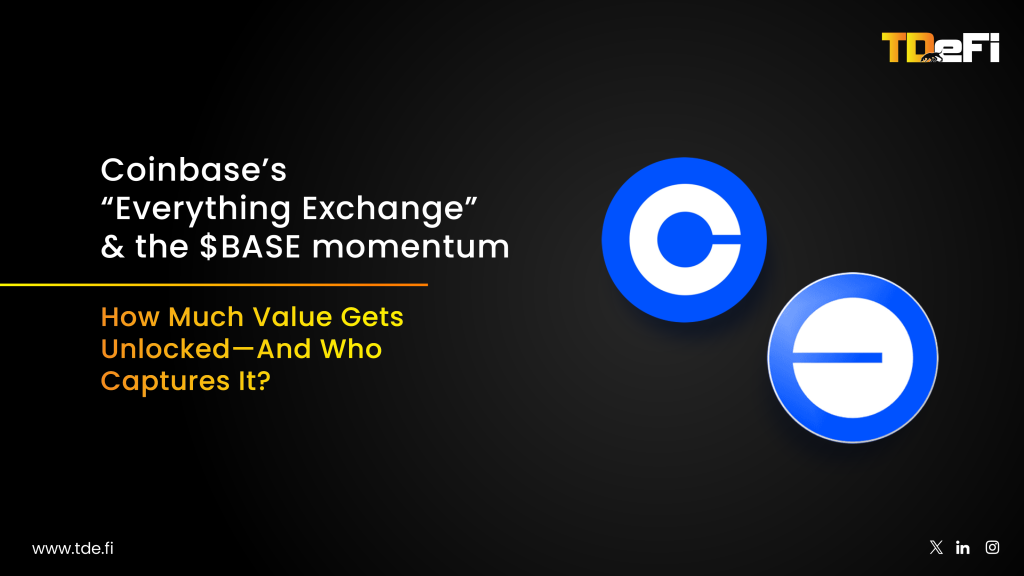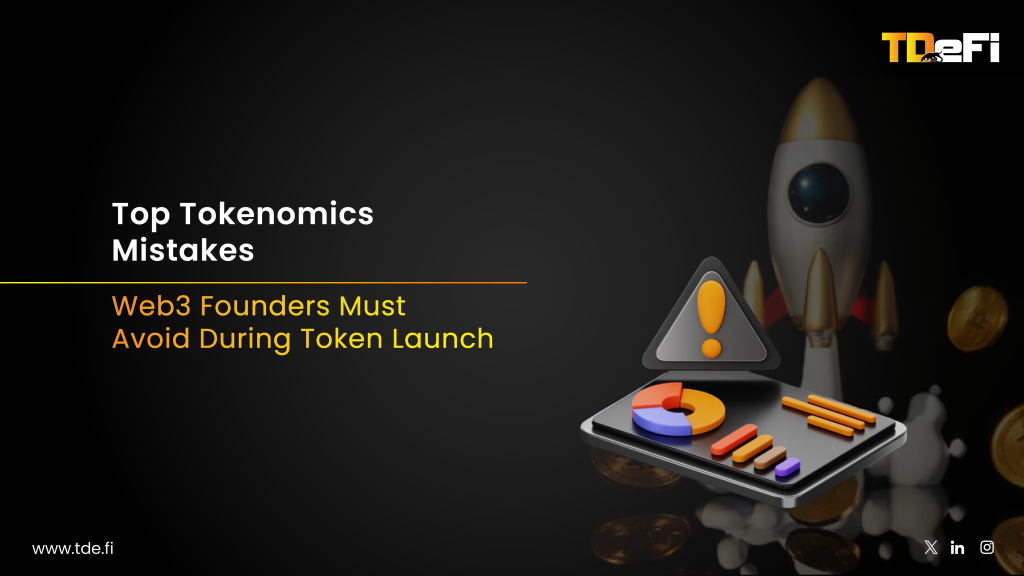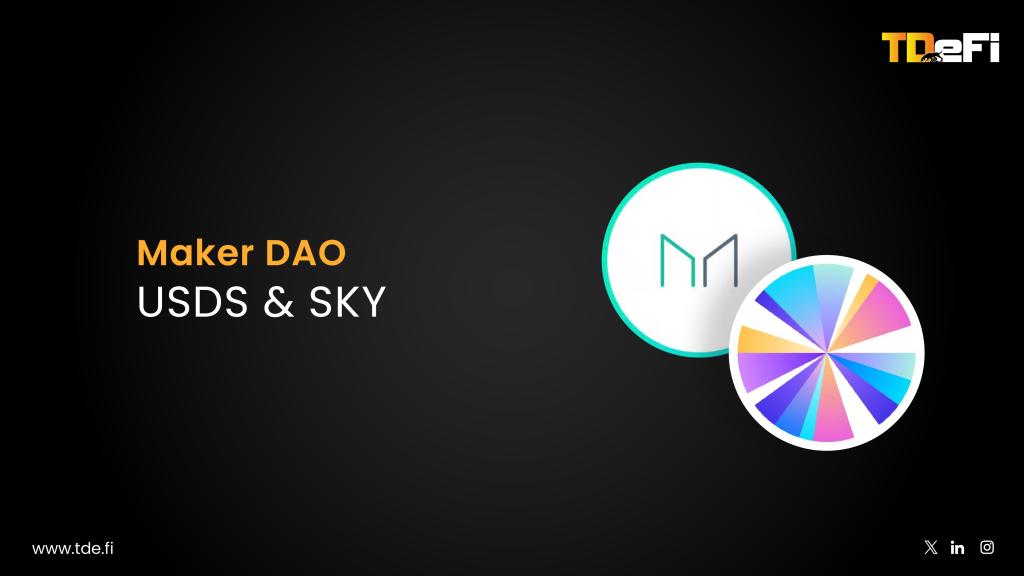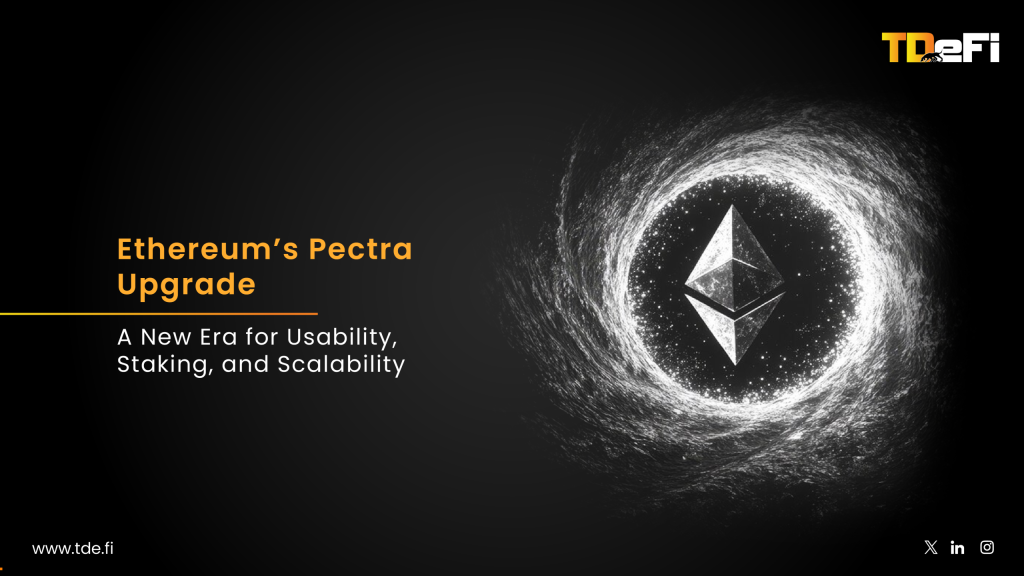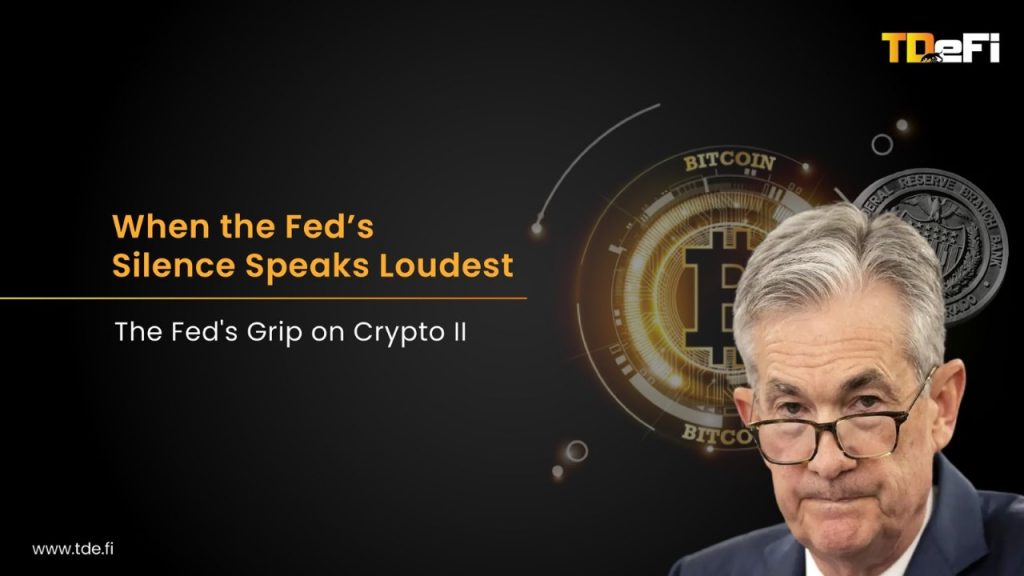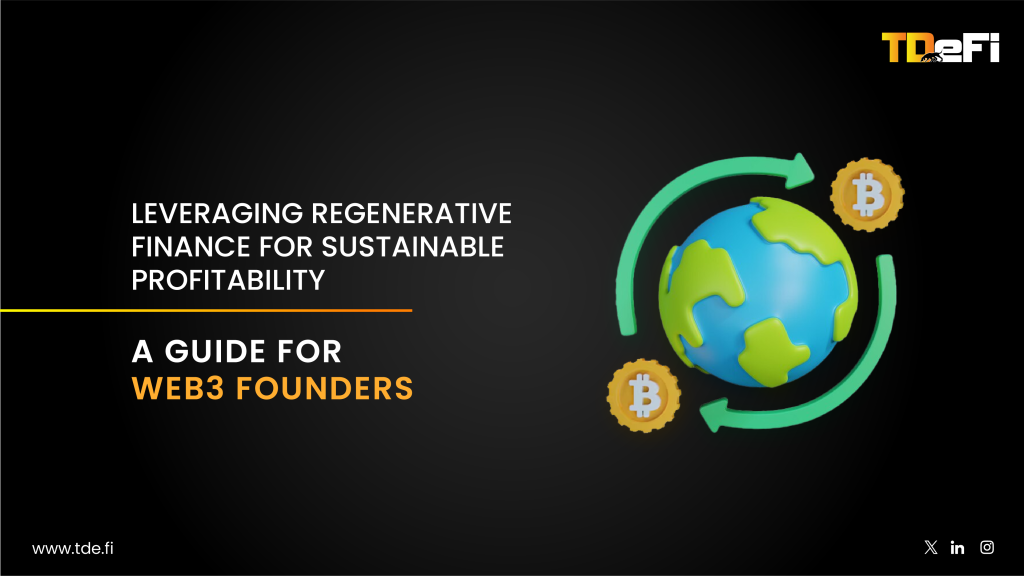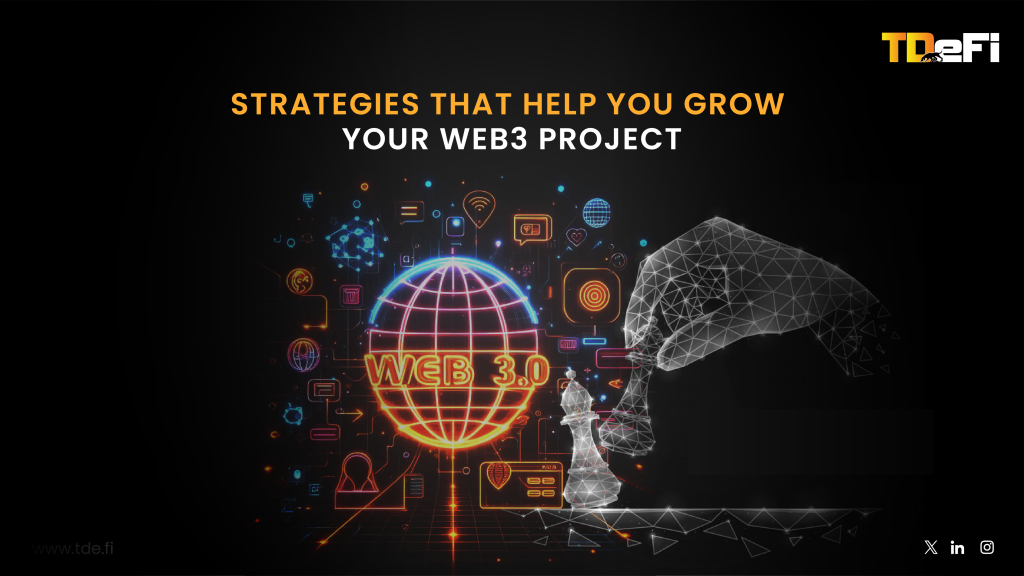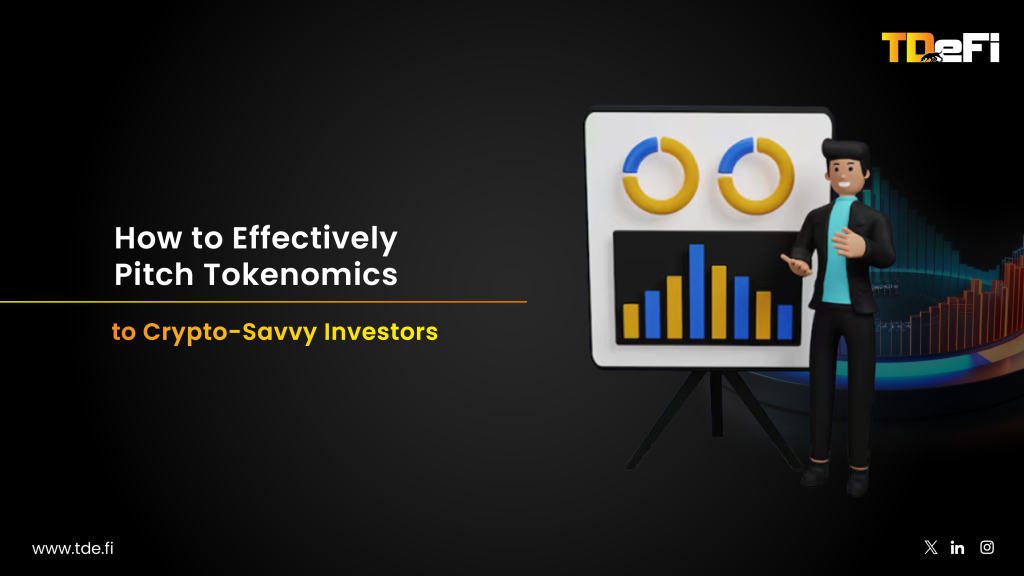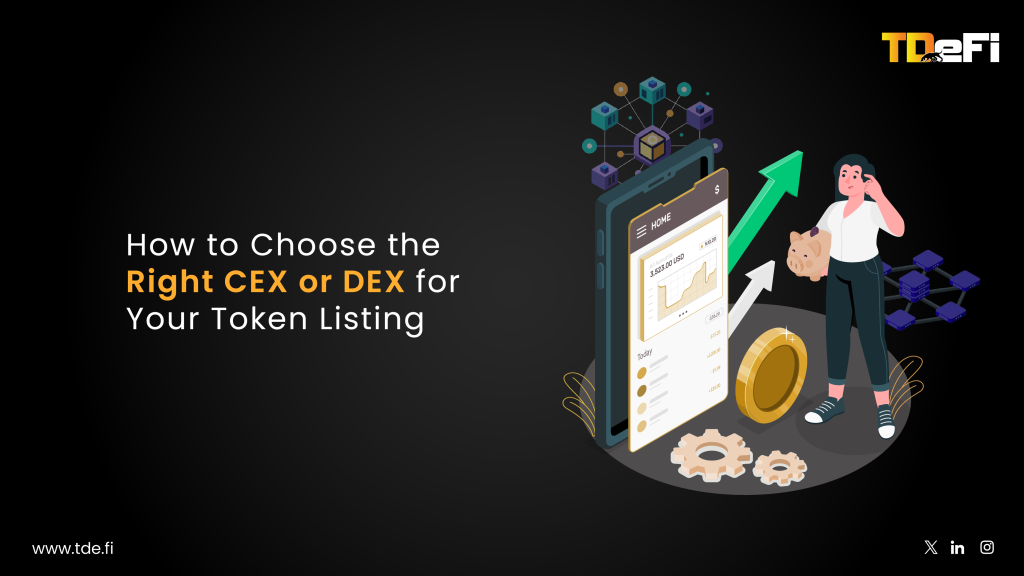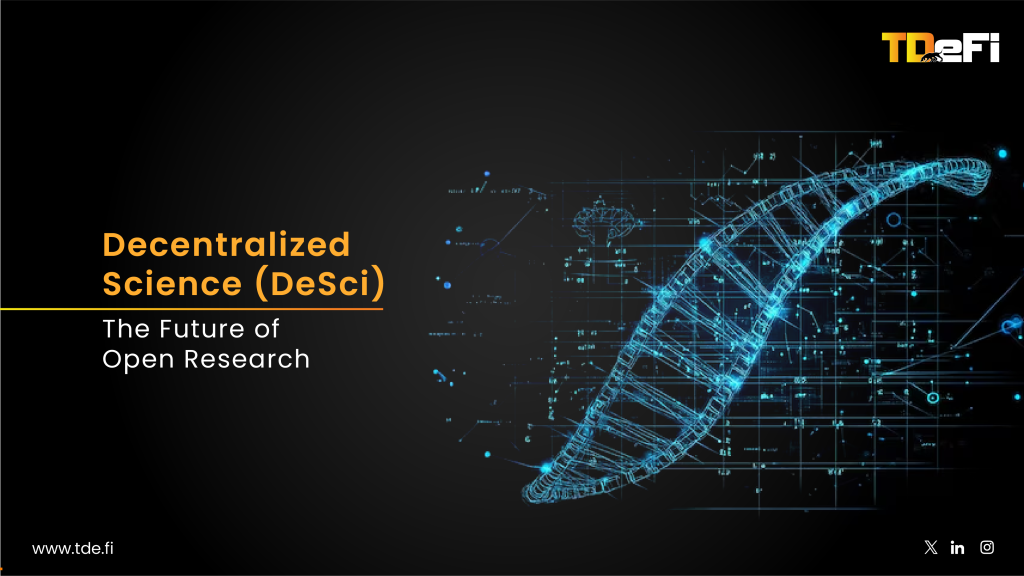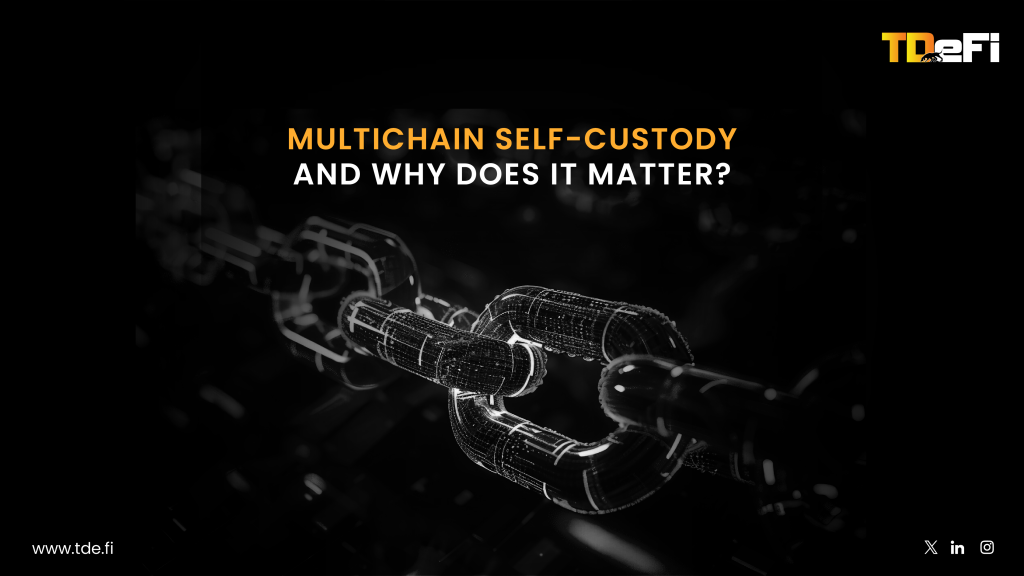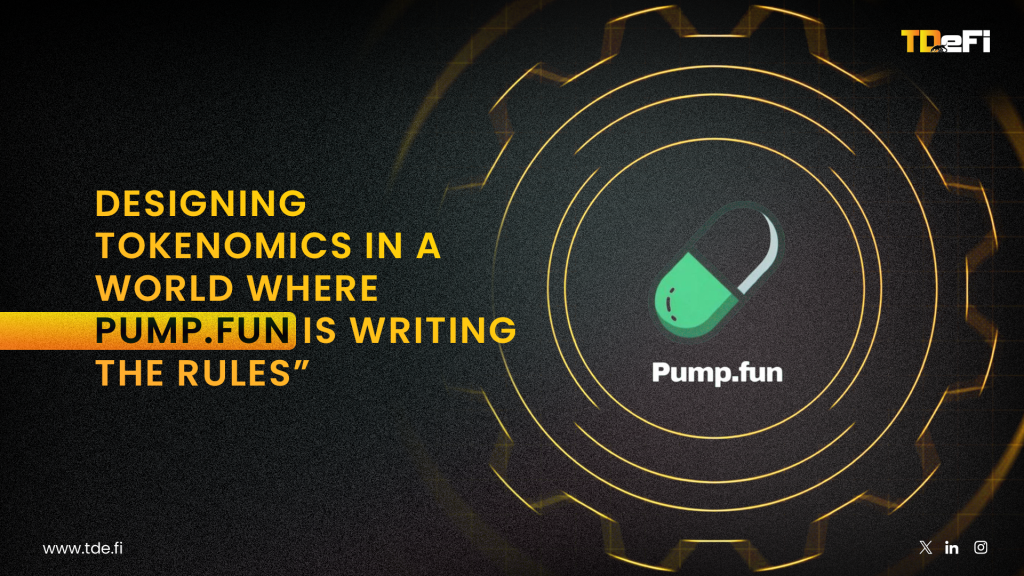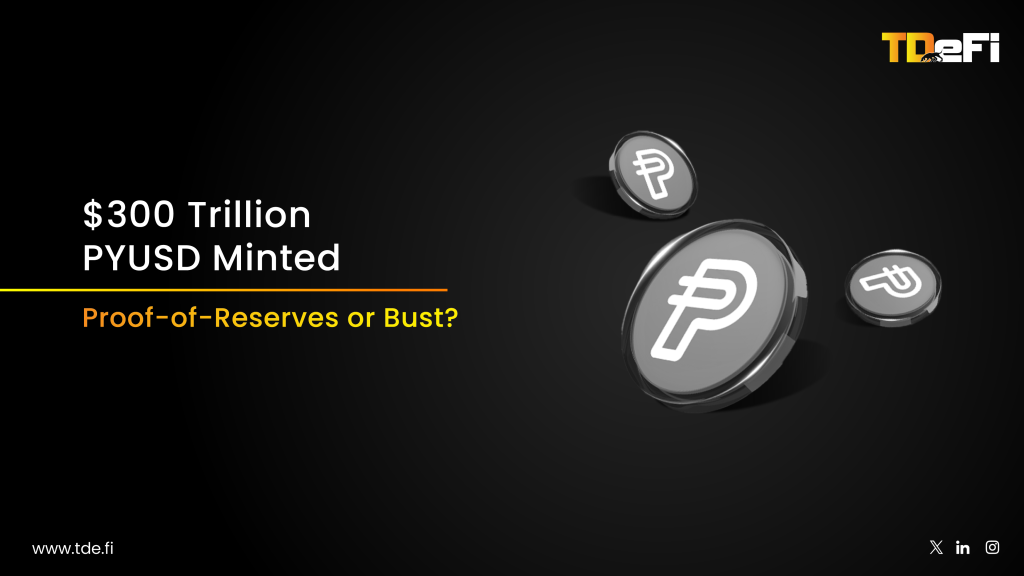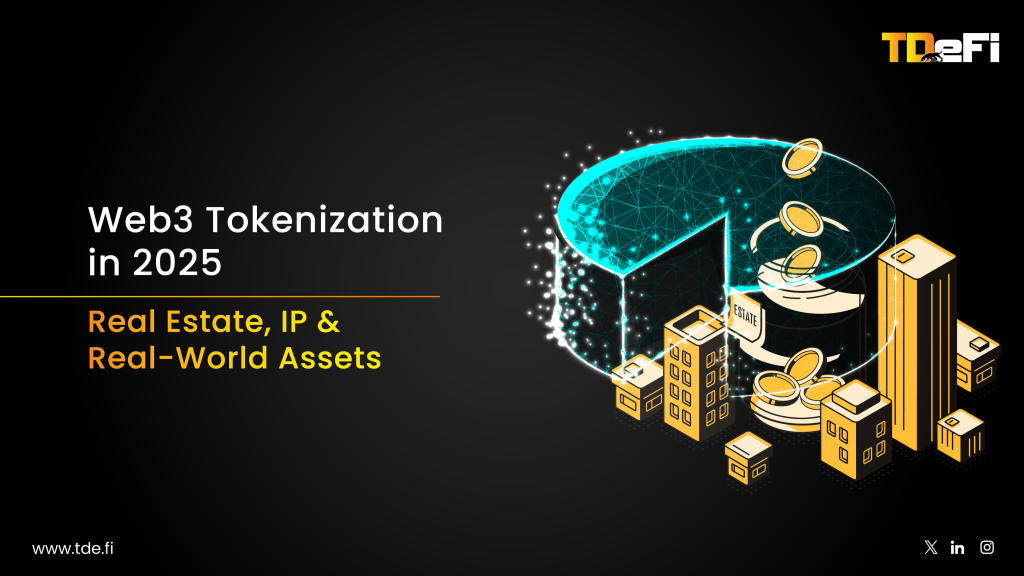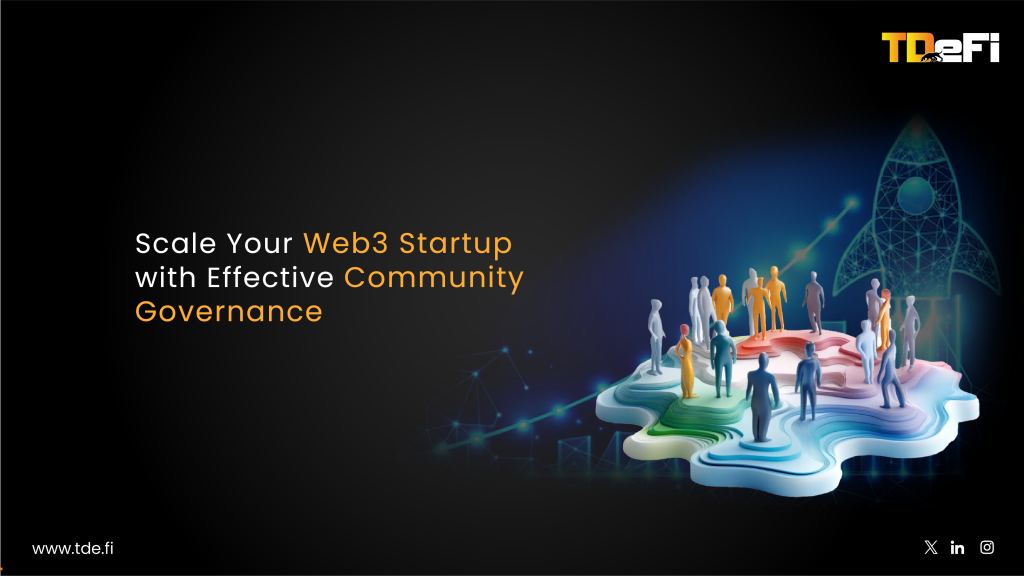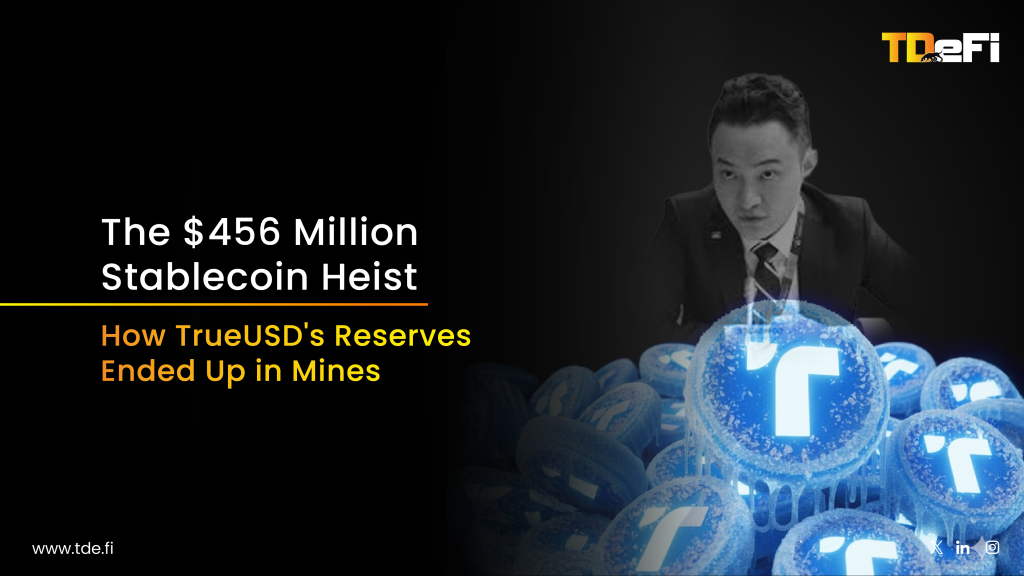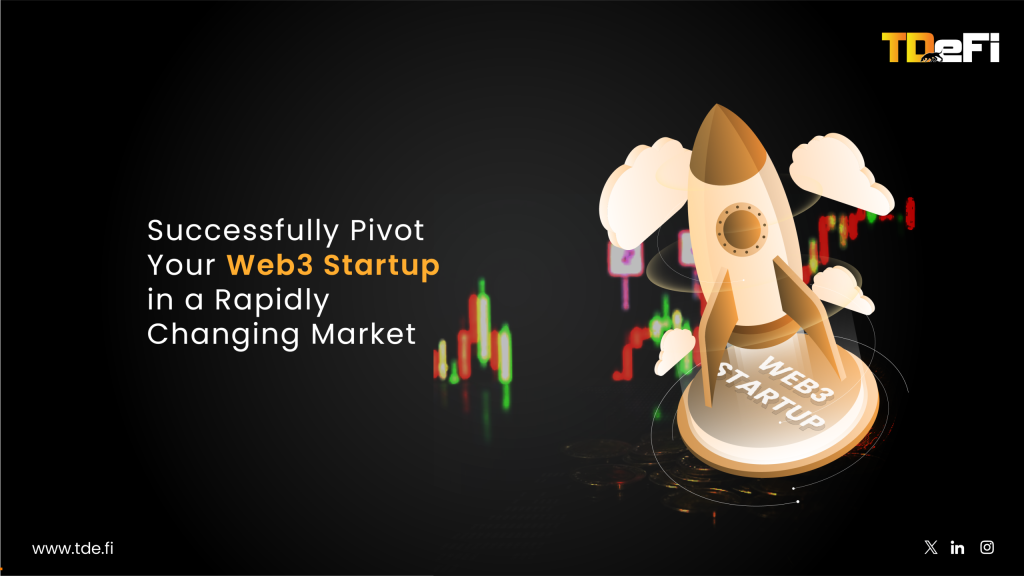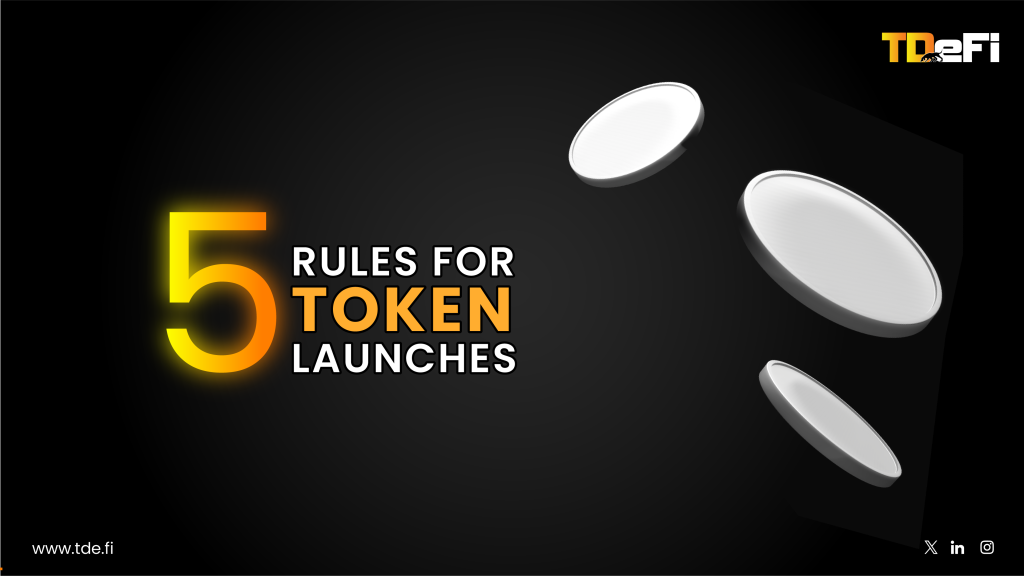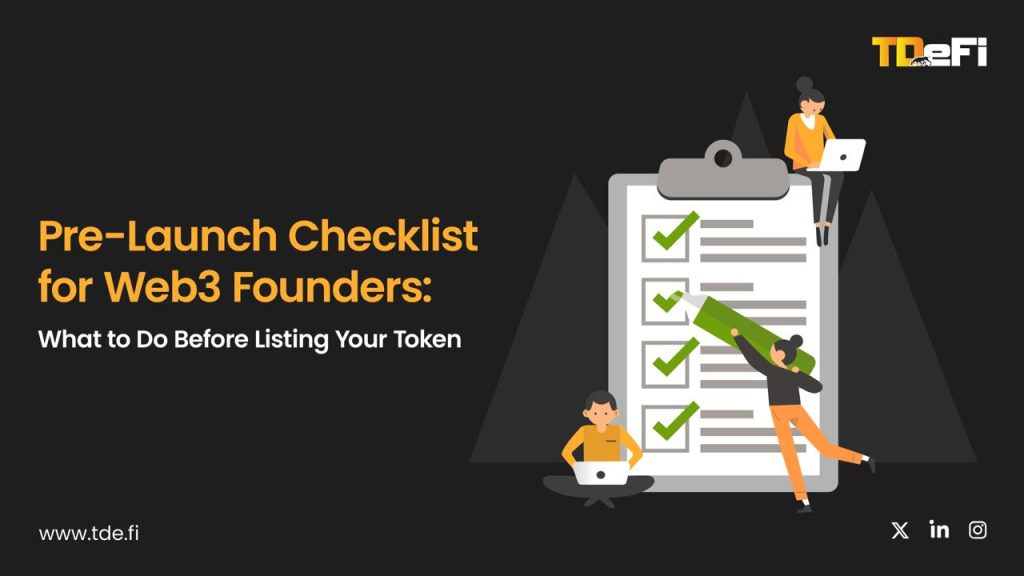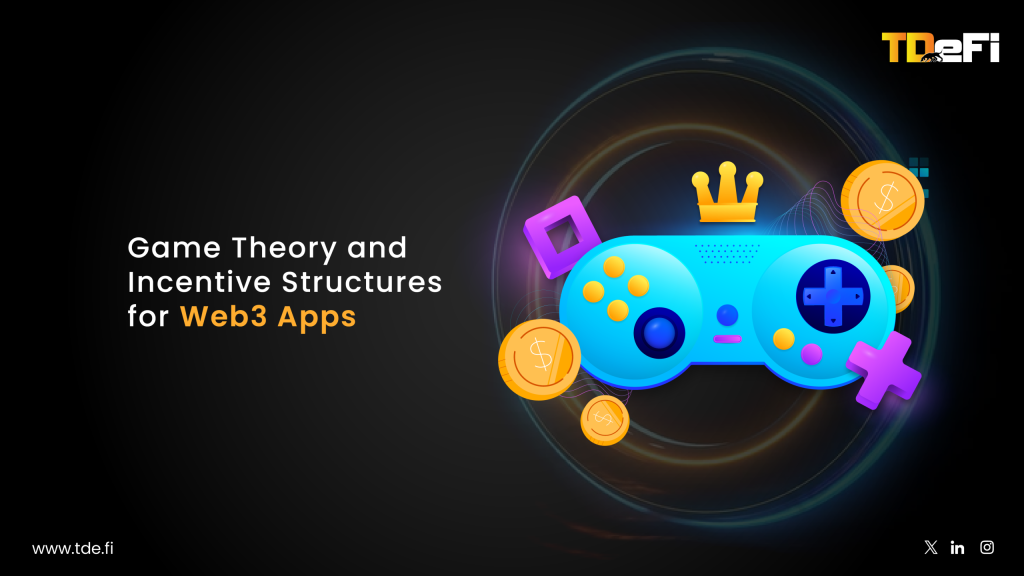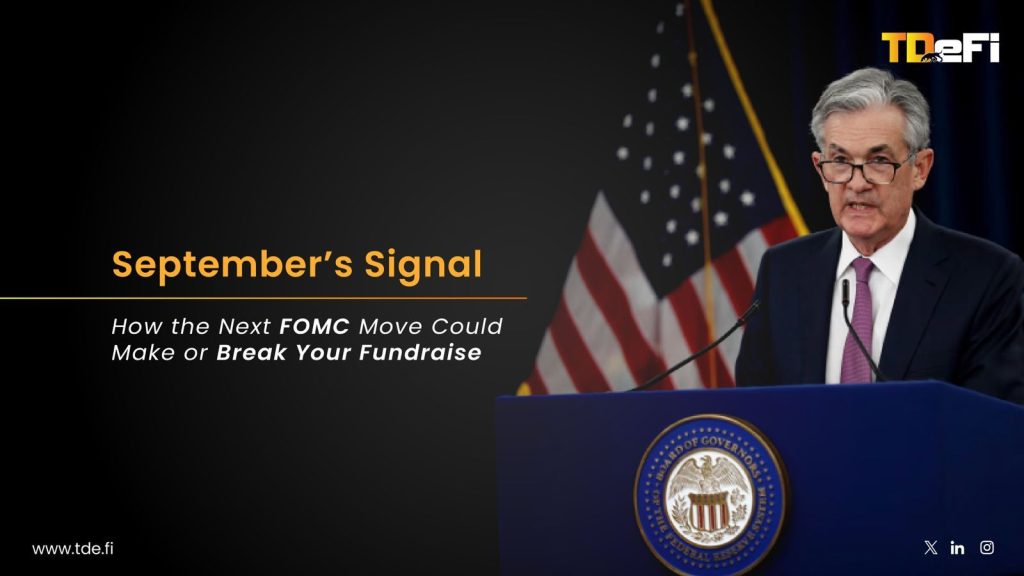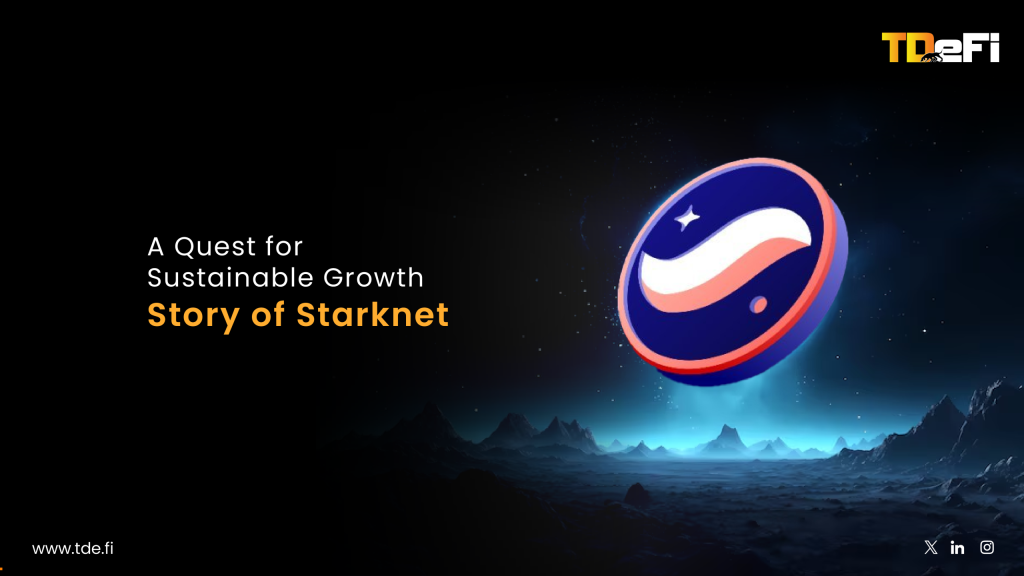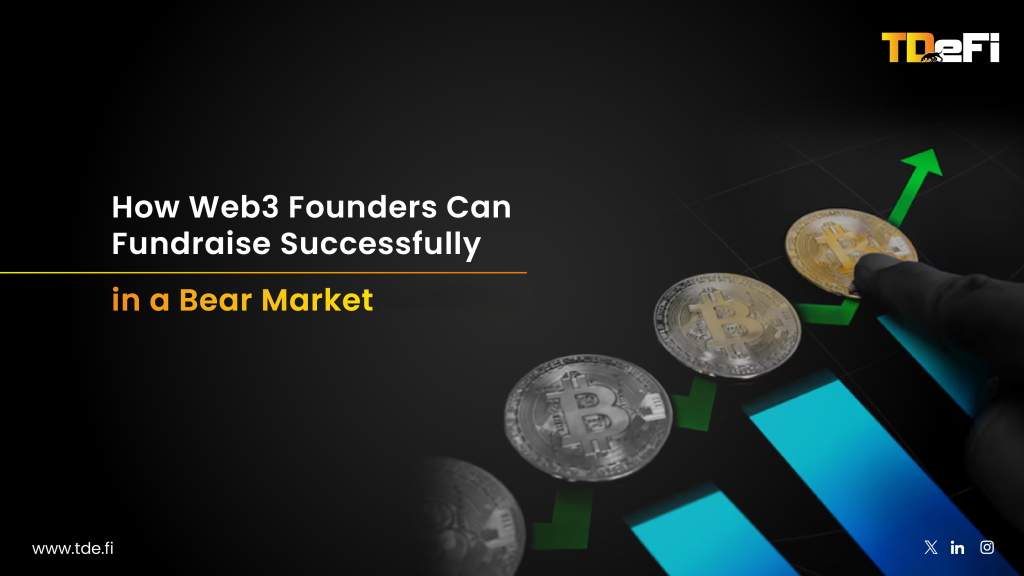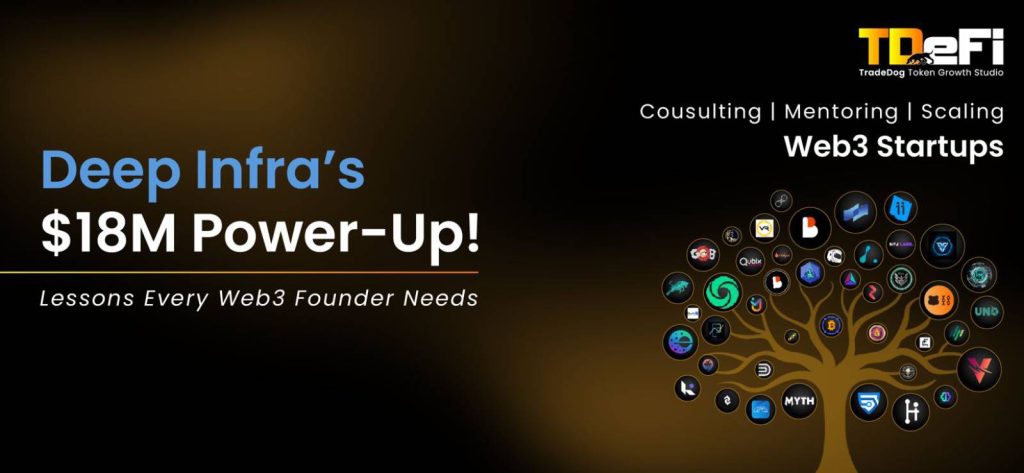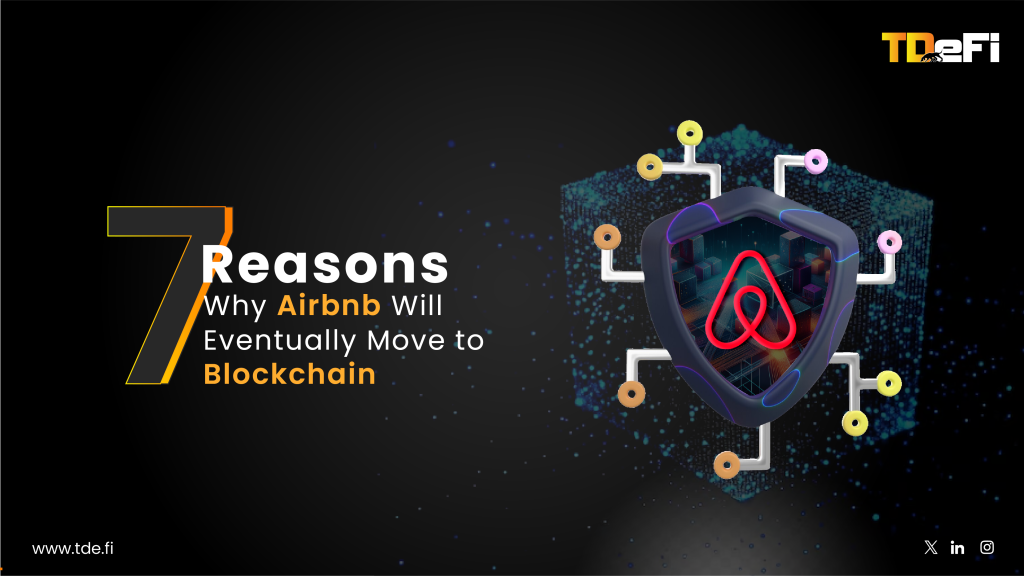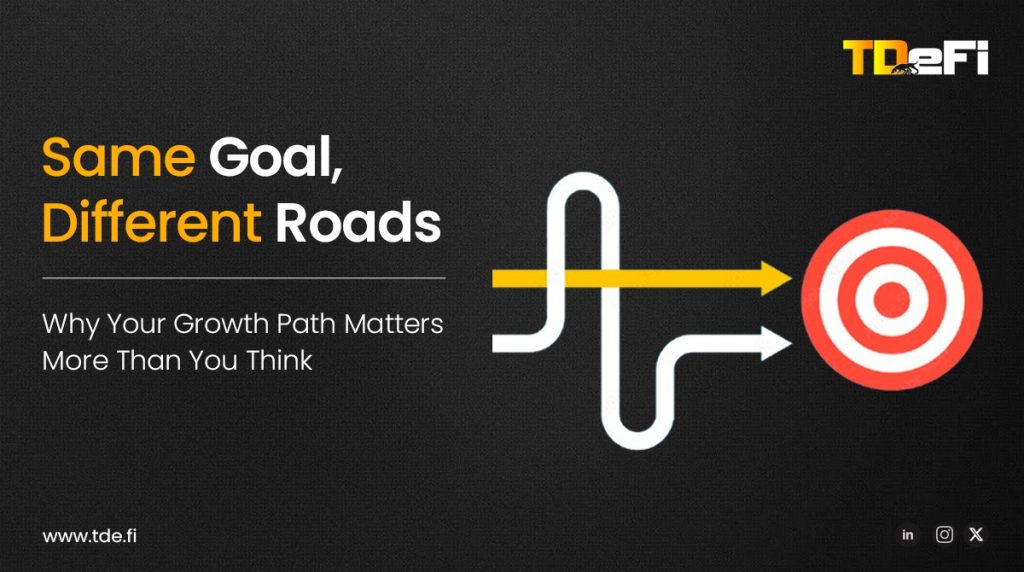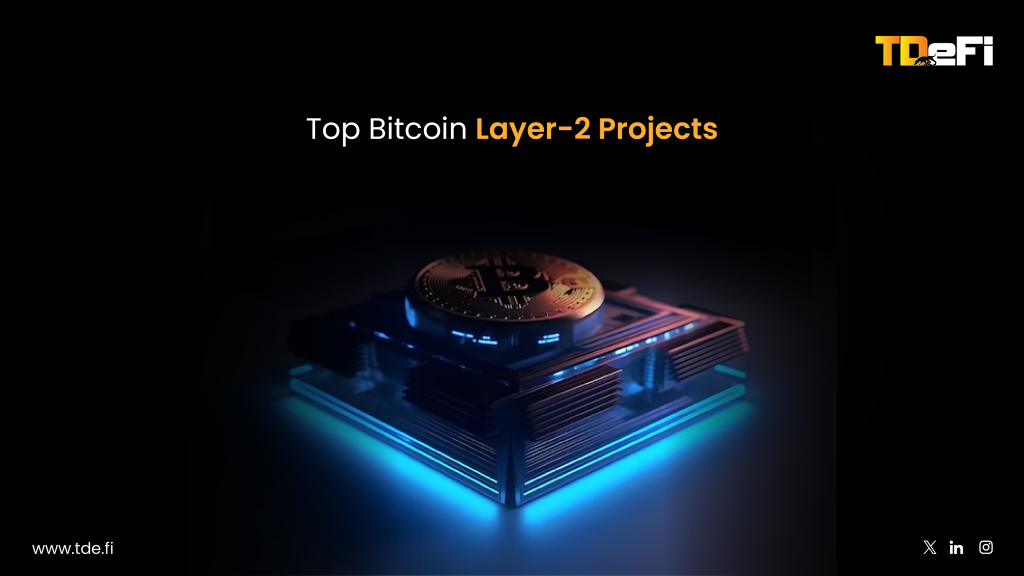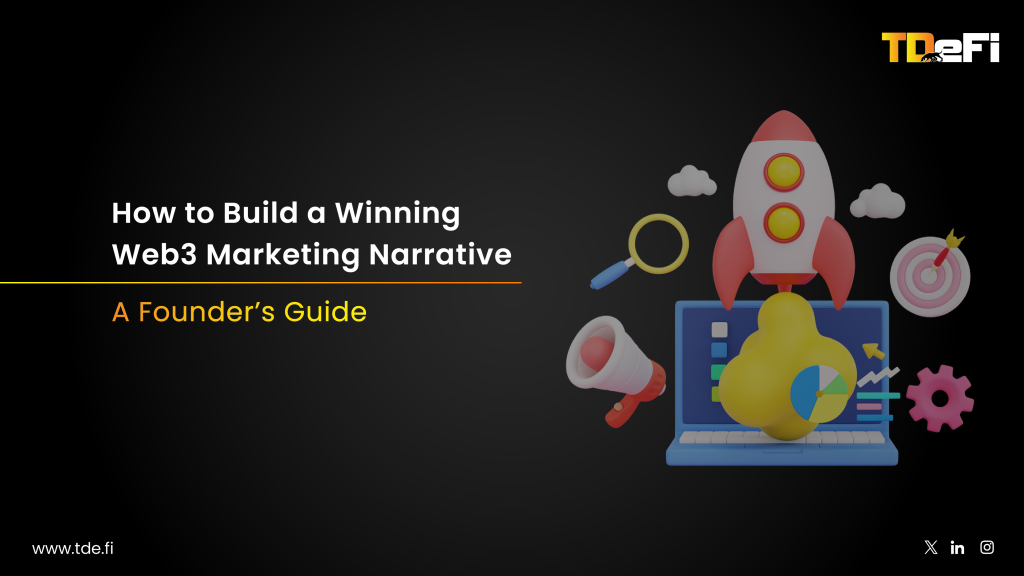You Can Learn to Code. But Who Teaches You How to Build?
If you’re a new founder in Web3, the tools are everywhere, but the guidance is nowhere.
You can fork a repo in minutes. Launch a token in hours. Even get listed on a DEX before you’ve talked to a single user. But none of that answers the real questions: What problem are you solving? Why does this protocol need a token? How will you avoid becoming another Discord graveyard?
This is where most builders stall, not at the technical layer, but the mental one. And this is where Web3 mentorship networks are stepping in. Not as coaches or consultants, but as co-owners of your growth loop.
Because in this space, you don’t just need advice. You need alignment.
The Shift from Startup Schools to On-Chain Sherpas

In Web2, mentorship followed a playbook: apply to an accelerator, move to San Francisco, pitch in front of VCs, get a few intros, maybe a TechCrunch mention. But the playbook wasn’t portable, and it definitely wasn’t inclusive.
Web3 broke that model wide open.
Today’s mentorship networks aren’t gated by location or pedigree. They’re tokenized, decentralized, and often community-elected. Instead of sitting in boardrooms, mentors now live in DAOs, Telegram threads, and on GitHub.
Take Odyssey DAO or Developer DAO, these are not investor-first programs. They are builder-first, run by people who ship, fail, and rebuild in public. Their “curriculum” is real-time feedback loops. Their alumni network isn’t a LinkedIn page, it’s an on-chain graph of contribution, reputation, and skin in the game.
This isn’t mentorship as a service. It’s mentorship as infrastructure.
DAOs Are Becoming the New Dorm Rooms for Builders

Some of the most effective mentorship in Web3 doesn’t come from structured programs. It emerges in informal networks, DAOs acting like decentralized dorm rooms where ideas are battle-tested in the open.
MetaCartel, Raid Guild, and Kernel are some of the most notable examples. These communities are filled with repeat founders, developers, and strategists who share not just their time, but their treasury.
They don’t tell you what to build. They co-design it with you.
You’re not applying to be mentored. You’re proving value, one contribution at a time. Write a grant proposal, get feedback from five OGs. Ship a smart contract, get it audited for free. Contribute to someone else’s launch, and suddenly you’re surrounded by people who want to help you launch yours.
In Web3, mentorship is permissionless, but it’s earned.
More Than Advice: Access, Alignment, and Acceleration
What makes Web3 mentorship networks powerful isn’t the advice, they rarely have the same polished pitches as Web2’s startup sages. What they have is alignment.
Many mentors in these ecosystems are token holders, DAO participants, or even investors in your protocol. Their upside is tied to your survival. That changes the conversation entirely.
This is not a weekly check-in. It’s a shared mission execution.
Here’s how Web3 mentorship compounds:
- Access: You join a DAO, and suddenly you’re one degree away from a Solidity legend, a DeFi economist, and a GTM strategist.
- Alignment: These people don’t want a retainer. They want your project to thrive, because they’ve staked their tokens or reputation on it.
- Acceleration: Mentorship turns into grants, co-marketing, code reviews, security audits, even early liquidity provision.
You’re not just getting advice. You’re getting surface area.
Case Study: From Anonymous Builder to Mainnet Launch in 6 Months

Let’s take a hypothetical, but very real, founder journey:
Ali joins Developer DAO with just a GitHub profile and a rough idea for a gasless NFT minting protocol. Within weeks, he’s contributing to other repos, answering questions in threads, and slowly gaining credibility.
One of his commits catches the eye of a smart contract auditor, who offers to review Ali’s code. Another DAO member helps him shape a grant proposal for the Arbitrum ecosystem. The grant is approved. He launches a pilot.
By month four, Ali is getting DMs from other founders who want to integrate his tool. A community-led token round raises $300K. By month six, he’s on mainnet, and the original mentors? They’re now contributors, investors, and evangelists.
That’s the compounding power of aligned mentorship.
What This Means for the Next Generation of Builders
If you’re a new founder in Web3, don’t wait for someone to pick you. Pick yourself. Then go find the people who make that choice easier.
Join the DAOs. Ship in public. Ask dumb questions. Give smart answers. Be visible where your future mentors are active. Because they’re not on stage. They’re in forums, writing code, and voting on proposals.
And remember: in Web3, mentorship isn’t a favor. It’s a flywheel. Every founder helped become a mentor-in-waiting. Every contribution builds equity in a community you’ll eventually lead.
The best part? You don’t need permission. You just need to show up.
Closing Thought
In Web2, mentorship was something you earned after you succeeded. In Web3, mentorship is how you succeed.
And the sherpas? They’re already on-chain, waiting for you to take the first step.



